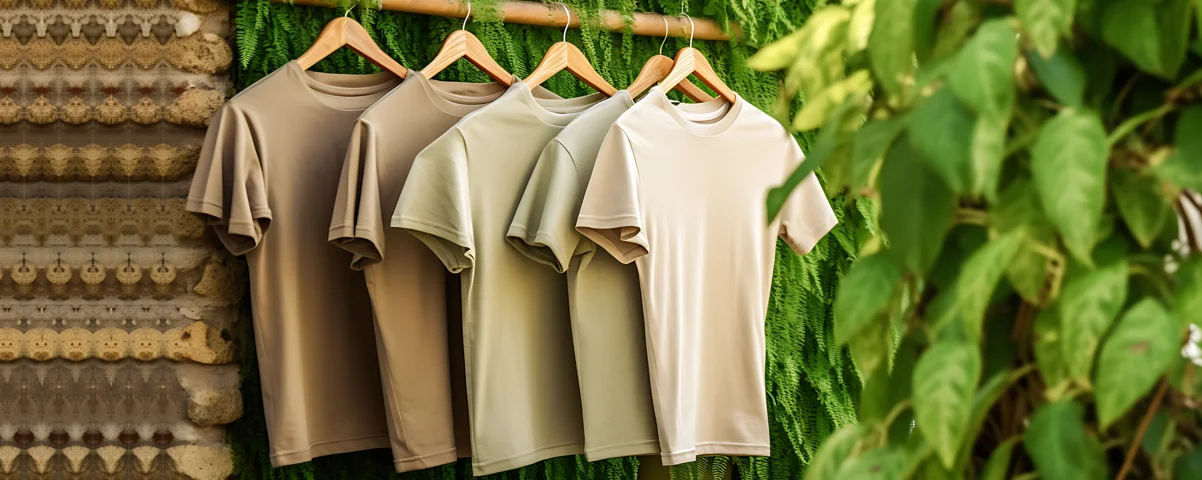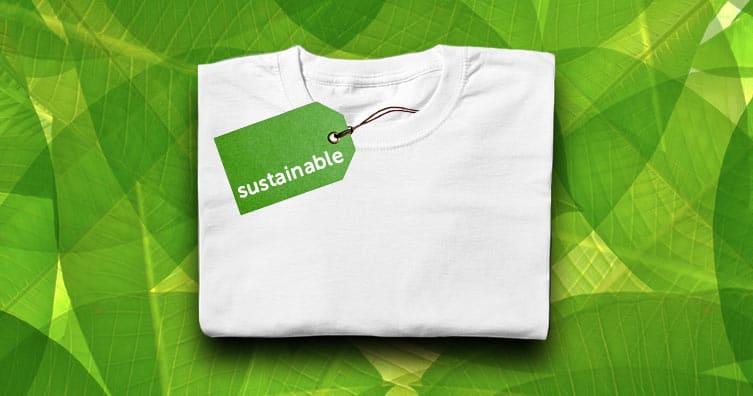Cape Town Sustainable Fashion: Environmentally Friendly Trends to Watch
Cape Town Sustainable Fashion: Environmentally Friendly Trends to Watch
Blog Article
Keep Ahead of the Contour by Discovering Innovative Fashion Patterns
In a sector as vibrant as fashion, remaining in advance includes greater than simply complying with current fads-- it requires an exploration of technology. Smart textiles, for example, are changing garments into practical work of arts, while 3D printing is revolutionizing design processes with its personalized, waste-reducing abilities. As sustainability ends up being a foundation, developments like green materials and circular style methods are improving ecological obligation - Cape Town Sustainable Fashion. Additionally, the merging of technology and fashion proclaims a new period of customer involvement. How, then, can these emerging fads redefine the future of fashion, and what effects do they hold for brand names seeking to prosper in this developing landscape?

Embracing Smart Textiles
In recent times, the garment industry has actually experienced a transformative change with the integration of smart textiles, a sophisticated advancement that mixes technology with material. This evolution stands for not just a fusion of appearances and performance however additionally a significant leap in the direction of sustainability and personalization in vogue. Smart textiles, additionally known as e-textiles, installed advanced electronic devices such as sensing units and conductive strings within the textile, enabling garments to connect with the atmosphere or the user.
These fabrics are developed to monitor physical parameters, such as heart rate or body temperature, offering real-time wellness analytics. Beyond health and wellness applications, clever fabrics are additionally being utilized for flexible garments, which can transform color or pattern in feedback to environmental stimuli, hence offering a dynamic style experience.
Furthermore, the advancement of energy-harvesting textiles that create power from movement or sunshine is leading the method for self-dependent wearable technology. This advancement is appealing to environmentally mindful customers and designers aiming to reduce the eco-friendly impact of fashion. As r & d in this area breakthrough, smart fabrics are expected to end up being progressively widespread, improving the landscape of modern-day style with their multifunctional capacities.
The Increase of 3D Printing
Transforming the production landscape, 3D printing has emerged as a game-changer in the apparel industry. This sophisticated innovation has actually allowed developers to press the borders of creativity, producing elaborate and personalized garments that were previously unimaginable. By leveraging electronic design and additive production, 3D printing promotes the development of intricate geometries and patterns, enabling developers to explore brand-new appearances and structures.
A remarkable benefit of 3D printing in fashion is its ability to generate on-demand, lessening waste and reducing inventory requirements. This effectiveness not only enhances production processes however additionally permits rapid prototyping, making it possible for developers to bring their visions to life in a much shorter duration. Furthermore, 3D printing supports customization somewhat unrivaled by standard methods, offering tailored fits and one-of-a-kind designs customized to specific customer choices.
The increase of 3D printing has actually also democratized style, making it available to emerging designers who can now fabricate top notch pieces without significant economic investment in standard production infrastructure. As innovation remains to advancement, the style market is poised to harness the complete possibility of 3D printing, exploring brand-new products and techniques that will most certainly redefine how fashion is developed and produced.
Lasting Fashion Developments
As the apparel industry grapples with the pushing demand for environmental duty, sustainable style advancements have arised at the leading edge of transformative adjustment. The growing understanding of environmental effect has actually sustained a change in the direction of more eco-conscious practices and materials. Brand names and developers are now focusing on sustainability, incorporating techniques that minimize waste and decrease carbon impacts.
One substantial development is the rise read of circular style, which highlights recycling and upcycling to expand the lifecycle of garments. This technique not only reduces waste but likewise motivates consumers to take on a more mindful approach to clothing consumption. Additionally, the usage of sustainable materials, such as natural cotton, hemp, and recycled polyester, has actually gained grip. These materials require much less water and power during production, dramatically lessening environmental impact.
An additional advancement lies in the fostering of innovative dyeing techniques that utilize all-natural dyes or waterless processes, thus lowering the large quantities of water and chemicals traditionally made use of in textile dyeing. Furthermore, developments in biotechnology have resulted in the production of lab-grown natural leather and textiles, providing ecologically friendly and cruelty-free alternatives to traditional materials. Via these introducing efforts, the apparel industry is making significant strides in the direction of a more lasting future.

Tech-Integrated Clothing
Tech-integrated garments stands for a cutting-edge fusion of fashion and modern technology, reshaping how people connect with learn this here now their clothing. This ingenious domain name is marked by the incorporation of clever fabrics and ingrained electronic elements, enhancing both performance and visual charm. From physical fitness trackers installed in sportswear to heated jackets regulated using smartphone applications, tech-integrated clothing offers customers unmatched convenience and adaptability.
Introducing brand names are driving this fad, concentrating on developing garments that react to ecological stimuli or customer commands. For circumstances, some garments can transform color or pattern in feedback to temperature changes, while others incorporate biometric sensors to keep track of health and wellness metrics like heart price or anxiety levels. The seamless combination of innovation right into fabrics likewise encompasses ecological sustainability, with initiatives to establish self-cleaning textiles or garments that adapt to weather, thus minimizing the need for several layers.
Additionally, the advent of wearable innovation is not simply limited to apparel however encompasses accessories like watches and eyewear, additional broadening the extent of tech-integrated style. As the industry continues to introduce, the capacity for modification and personalization in apparel expands, supplying customers special, tech-enhanced style experiences that deal with their private requirements and preferences.
Future of Virtual Style
In recent years, the future of virtual fashion has emerged as a transformative pressure within the market, leveraging innovations in digital innovation to redefine exactly how style is developed, experienced, and taken in. By integrating enhanced reality (AR), digital fact (VIRTUAL REALITY), and 3D style tools, designers can now craft interactive and immersive experiences that transcend typical style borders. Virtual style allows for the creation of garments that exist solely in electronic settings, supplying limitless possibilities for development without the constraints of physical browse around this site production.
This electronic change not just offers possibilities for imaginative expression however additionally addresses sustainability concerns integral in traditional fashion practices. Cape Town Sustainable Fashion. By getting rid of the need for physical sources, online style decreases waste and minimizes carbon footprints. In addition, the increase of digital style lines up with the increasing consumer demand for individualized and distinct experiences, as digital garments can be tailored and customized to individual choices effortlessly

Conclusion
The fashion sector's future lies in the integration of ingenious modern technologies and lasting techniques. Virtual style is poised to redefine customer interactions.
In current years, the style sector has actually experienced a transformative change with the combination of smart textiles, an innovative innovation that blends innovation with textile.As the fashion market grapples with the pressing requirement for ecological obligation, sustainable style technologies have arised at the center of transformative modification.In recent years, the future of online style has actually emerged as a transformative force within the market, leveraging improvements in electronic technology to redefine how fashion is created, experienced, and consumed. The increase of digital style straightens with the enhancing consumer need for personalized and special experiences, as online garments can be tailored and customized to specific choices with convenience.
The style sector's future lies in the integration of cutting-edge innovations and lasting practices.
Report this page